LED stands for light-emitting diode, which is a semiconductor device that gives off light. Aside from being indicator lamps in electronics, LED lights are now being used as energy-efficient lighting alternatives to other sources of light. They are also being used to get rid of bugs and insects flying around the lights.
LED lights do attract bugs but not to the full extent. This is because they produce less heat but don’t produce UV (ultraviolet) light. Yet, bugs are attracted to certain colors rather than the kind of light. Bright-colored LED lights attract bugs, while lighter colors are less attractive to them.
LED lights come in a wide variety of colors, and the unit of measurement for color temperature is Kelvin (K). A lower value of K means that the light is warm, while a higher value means that the light is cool. In this article, you will learn how LED lights affect bugs, which color you should use, and how to get rid of house bugs.
Why Are Bugs Attracted to Light in the First Place?
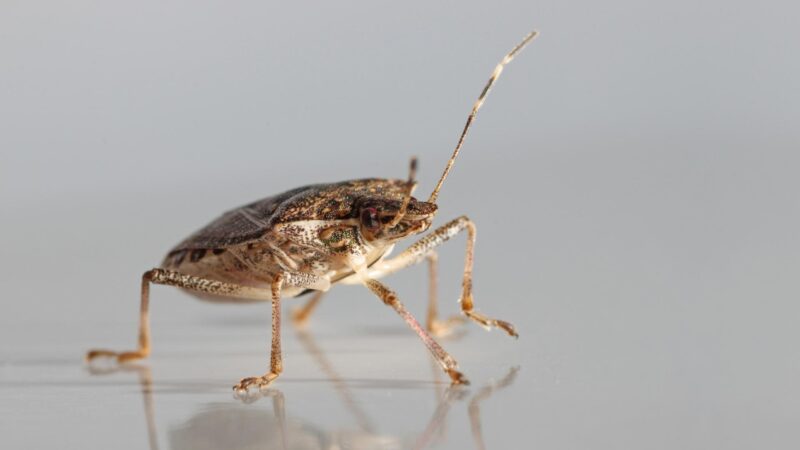
Bugs and moths are known to be positively phototactic, which means they are attracted to light, especially artificial lights such as street lights. There are no scientific studies that explain why, but experts believe that bugs use the moon as their navigational tool. They think that the bright light is a second moon.
Experts also believe that bugs use these lights as escape routes from predators. Unlike humans, they find it harder to adjust their sight when lights are suddenly turned off. They also avoid flying in total darkness because they cannot see their predators. This is also why bugs are attracted to the UV light from bug zappers.
Bugs are also attracted to any kind of light because of the heat it gives to them. These night-flying insects are cold-blooded (exothermic) and cannot generate heat inside their bodies. Therefore, they need warmth from light, especially at night. Moths are drawn to light, even to the point that most of them get burned.
Do Yellow LED Lights Attract Bugs?
Generally speaking, bugs are least attracted to colors with a long wavelength. The color yellow has a wavelength of 570–590 nm, which is less attractive to bugs. So, yellow LED lights do attract bugs but not that much. Meanwhile, red has a wavelength of 620-750 nm and is less attractive to bugs compared to yellow.
Do Green LED Lights Attract Bugs?
In general, bugs are attracted to colors with a shorter wavelength. Green has a wavelength of 495–570 nm and is attractive to bugs. So, green LED lights do attract bugs. Meanwhile, blue has only a wavelength of 450–495 nm. Since blue has a shorter wavelength than green, it is more attractive to bugs.
Do White LED Lights Attract Bugs?
White LED lights do attract bugs. White has a wavelength of 400-700 nm, which consists of wavelengths of all the rainbow colors. With this very wide range, white LED lights are very attractive to bugs. No wonder they are very attracted to fluorescent lamps and traditional white bulbs than the colored ones.
What House Bugs Are Attracted to LED Lights?
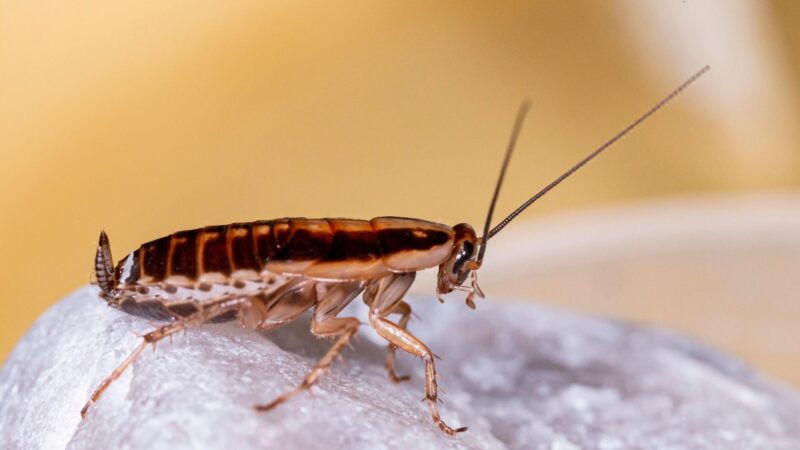
Most house bugs are attracted to LED lights. This includes those belonging to the order Diptera, Hemiptera, Hymenoptera, and Lepidoptera. Among them are ants, beetles, butterflies, houseflies, midges, moths, and wasps. But according to a study, these insects are more attracted to conventional lights than to LED lights.
Related: Ants in Laptop | How to Get Rid of Ants in Your Laptop
Do Bed Bugs Come Out When the Lights Are On?
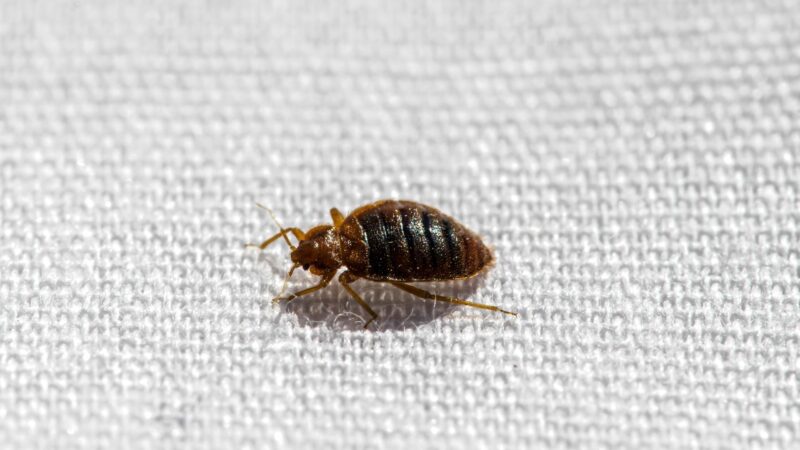
Bed bugs do come out when the lights are on. These blood-sucking pests are nocturnal, meaning they are most active at night and hide during the day. But then, it does not necessarily mean that they are scared of lights. Bed bugs hide in the dark not to avoid light but rather to avoid sudden movements.
Bed bugs usually attack at night simply because this is the time that most people are sleeping. However, they may also attack during broad daylight as long as there is a food source. This is why turning the lights on at night does not protect you from bed bug bites. Bed bugs can also be found in offices and buildings.
Is There a Special Light for Bed Bugs?
There is a special light for bed bugs, which is UV light. Based on a study, UV light can kill bed bugs and their eggs. However, this strategy still needs to be studied further. Nevertheless, UV light helps detect bed bugs by making them more visible in the dark. This trick can help you find them and get rid of them.
Are Spiders Attracted to LED Lights?
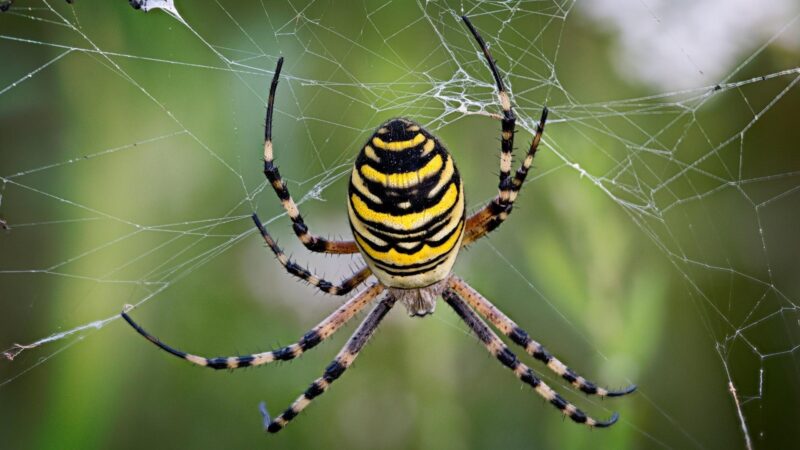
Spiders are attracted to LED lights but not directly. Bugs and other insects are the spider’s food source and are attracted to light. When spiders spot some bugs going to the light, they go near them as predators. They will build their webs near or around it, hoping to trap them. Therefore, spiders just follow their prey.
What Type of Light Will Not Attract Bugs?
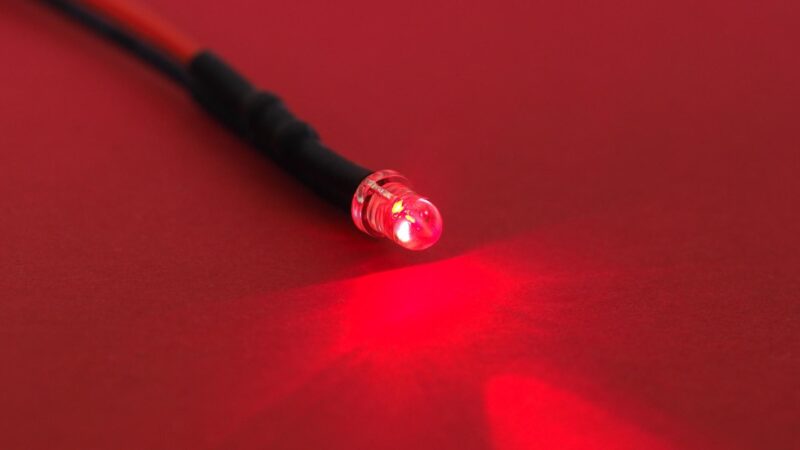
Bugs are not picky when it comes to choosing the kind of light they are attracted to. But since LED lights produce low heat compared to incandescent and compact fluorescent lamps (CFL), bugs are less attracted to them. Note also that bugs are less attracted to pink, red, and yellow LED lights.
Are Flying Ants Attracted to LED Lights?
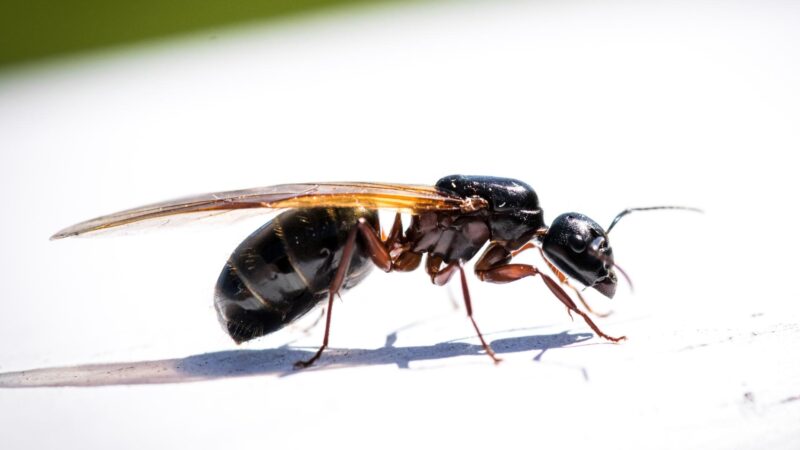
There are no scientific studies that suggest flying ants are attracted to LED lights. Technically, flying ants are ordinary ants, except that they have wings. Also called alates, flying ants are mostly female ants that eventually become queens. Since ants are attracted to light, flying ants are also likely to be attracted to LED lights.
What Light Color Keeps Termites Away?
Like most flying insects, flying termites are attracted to bright light. On the other hand, worker termites (wingless termites) are not attracted to any kind of light, nor can be repelled by light. Also called termite swarmers, these winged termites are less attracted to yellow lights. Hence, these lights can help them keep away.
How to Keep Bugs Away From Your Home?
Bugs enter houses for two reasons – food and shelter. Nonetheless, some of them may have different diets and forage sites than others. Some species bite and sting humans and carry infectious diseases, while others are harmless. So, to help you out, here are some tips to keep bugs away from your home:
- To help repel bugs, spray vinegar solution or peppermint essential oil .
- For flying bugs, place non-toxic sticky traps such as Catchmaster Double-Sided Flying Insect Trap on areas where you see them.
- Replace incandescent bulbs with LED lights, especially outdoor lighting.
- Inspect food and belongings before bringing them inside your house.
- Store your dry food (and pet food) in tightly sealed containers.
- Take out your trash regularly, and cover your trash cans properly.
- Put dirty laundry in a hamper instead of leaving them elsewhere.
- Avoid eating in your bedroom, especially at night.
- Wash dishes right after eating and clean up spills as soon as possible.
- If you cannot avoid feeding pets outdoors, don’t leave feeders outside overnight.
- Vacuum every corner of your house at least once a week.
- Groom your yard regularly and remove plant debris.
- Avoid extra moisture, especially in the kitchen and bathroom
- To help reduce moisture that attracts bugs, install a portable dehumidifier .
- Avoid standing water, especially in the drip pan under the refrigerator.
- Repair leaky pipes, clogged drains, and damaged toilet tank cover.
- Seal all possible entry points, such as small gaps and crevices.
- For under doorways, install high-quality silicone weather stripping .
Related: What Scents Keep Bed Bugs Away? | A Complete Guide
Without a doubt, using LED lights is great when it comes to avoiding bugs inside and around your house. But regardless of the color you use, it is still not the best solution against bugs. Aside from knowing the type of bugs that are in your home, you should also perform all the necessary preventive measures religiously.
List of Sources
Odamtten, A., Rennert, N. (2020). Climate Solutions: LED Light Bulb Replacement at Home. Washington University in St. Louis.
Wakefield, A., et al. (2016). Experimentally comparing the attractiveness of domestic lights to insects: Do LEDs attract fewer insects than conventional light types? Ecology and evolution.
Willmott, L. J. et al. (2018). Artificial light at night alters life history in a nocturnal orb-web spider. PeerJ.
Suiter, D., Forschler, B. (2020). Management of Pest Insects In and Around the Home.
- How to Get Rid of Copperheads | Practical Guide - August 27, 2023
- How to Get Rid of Corn Snakes | What Makes Them Aggressive? - August 27, 2023
- How to Get Rid of Alligators | Safety Measures and Removal Methods - July 16, 2023
